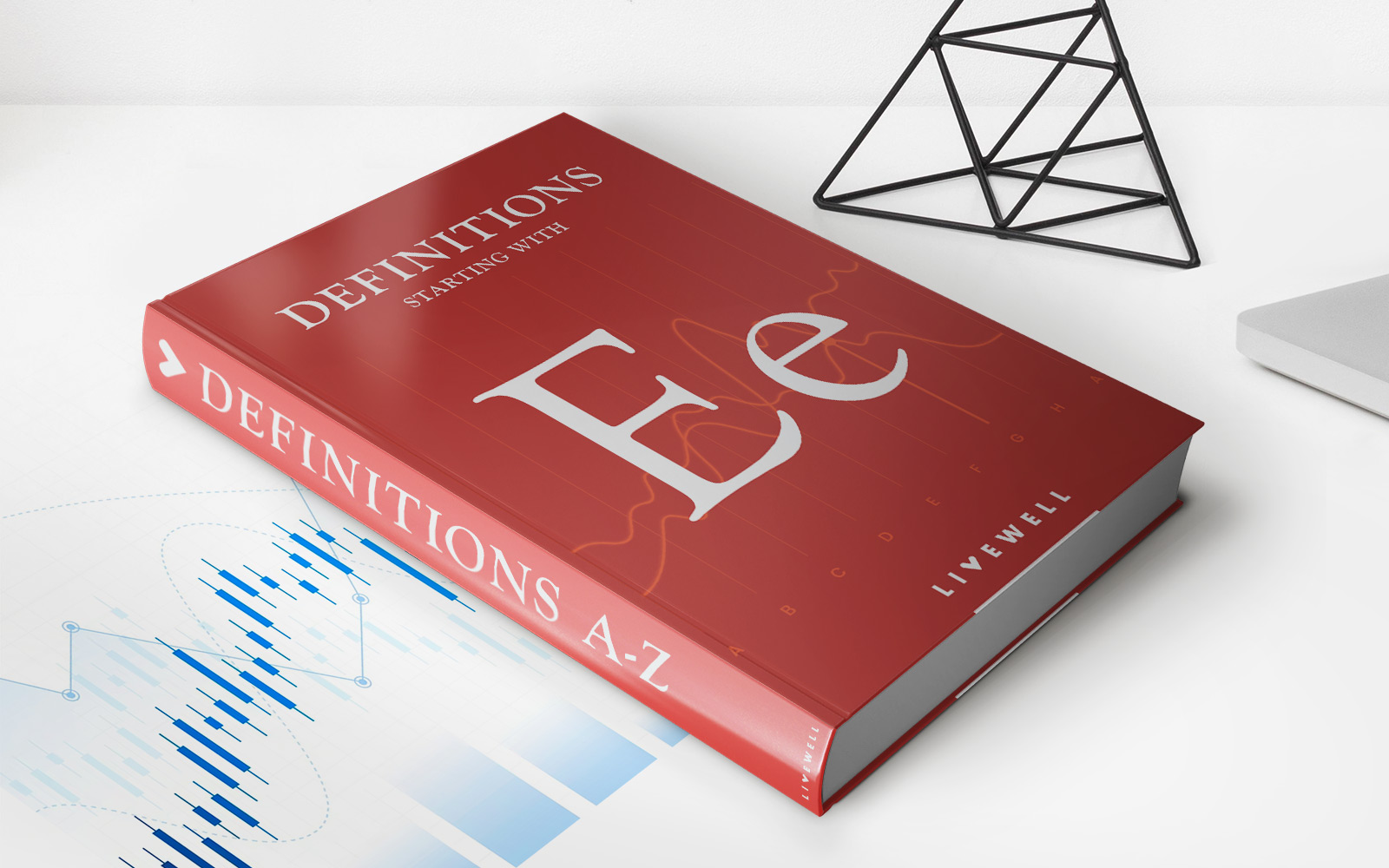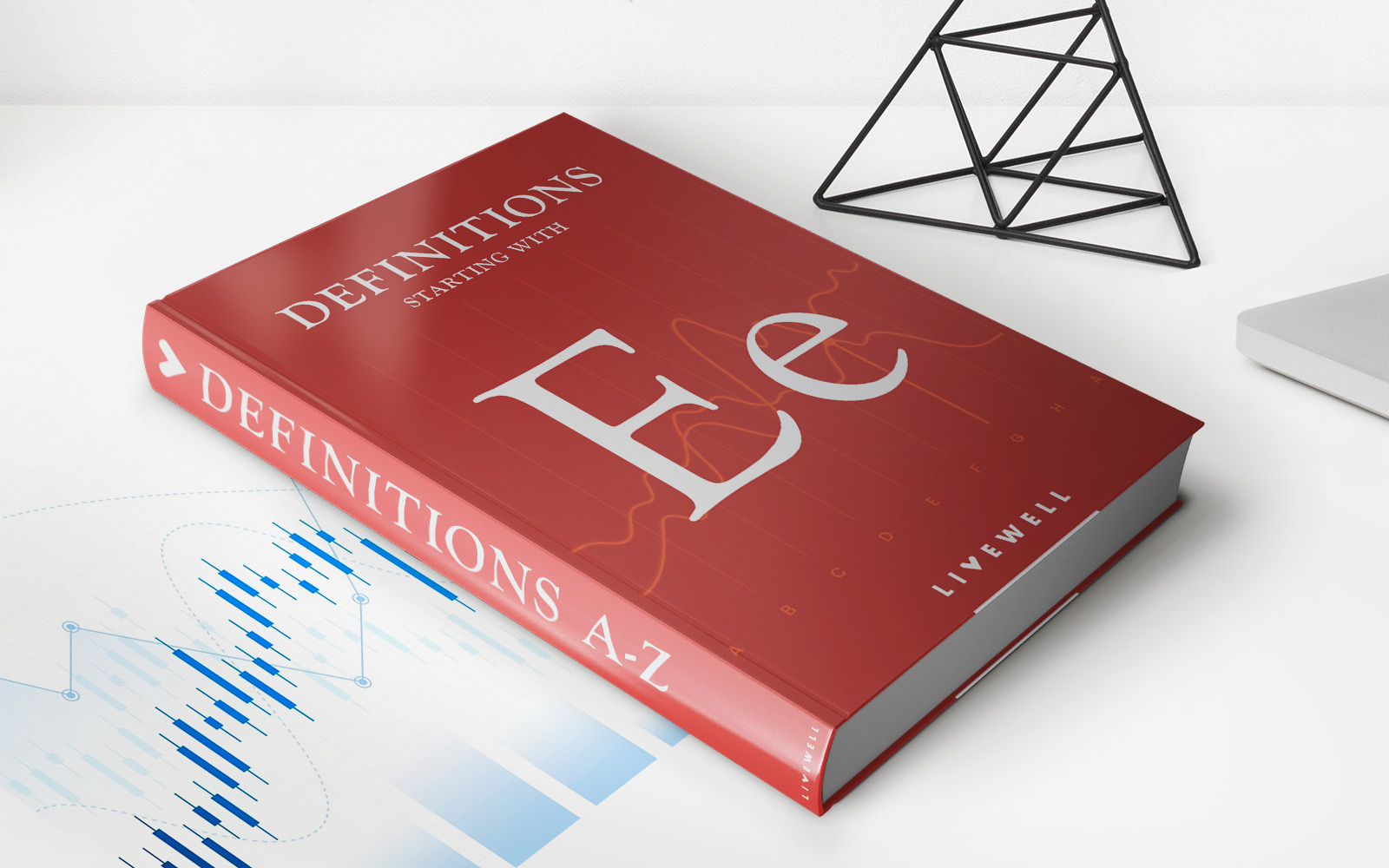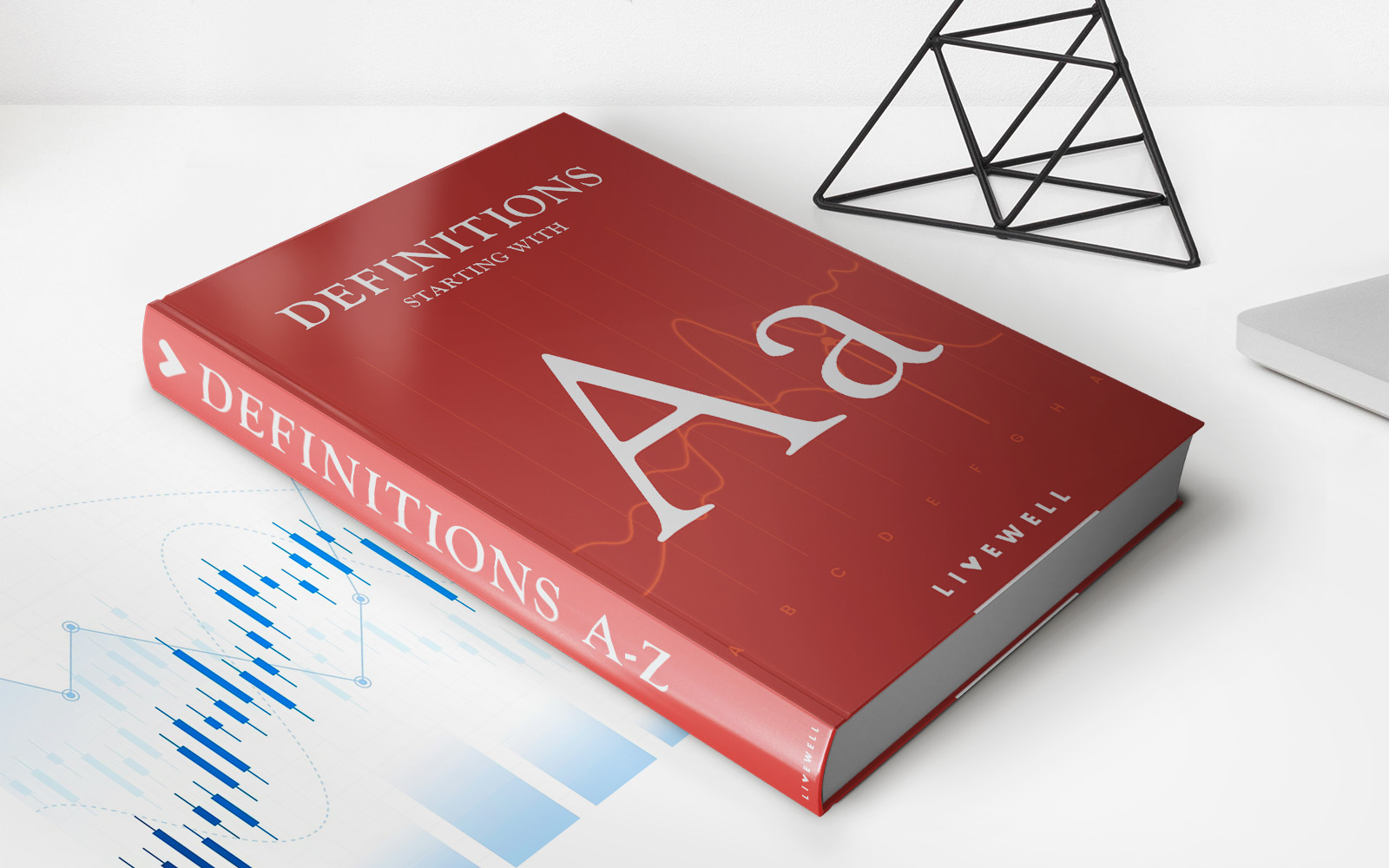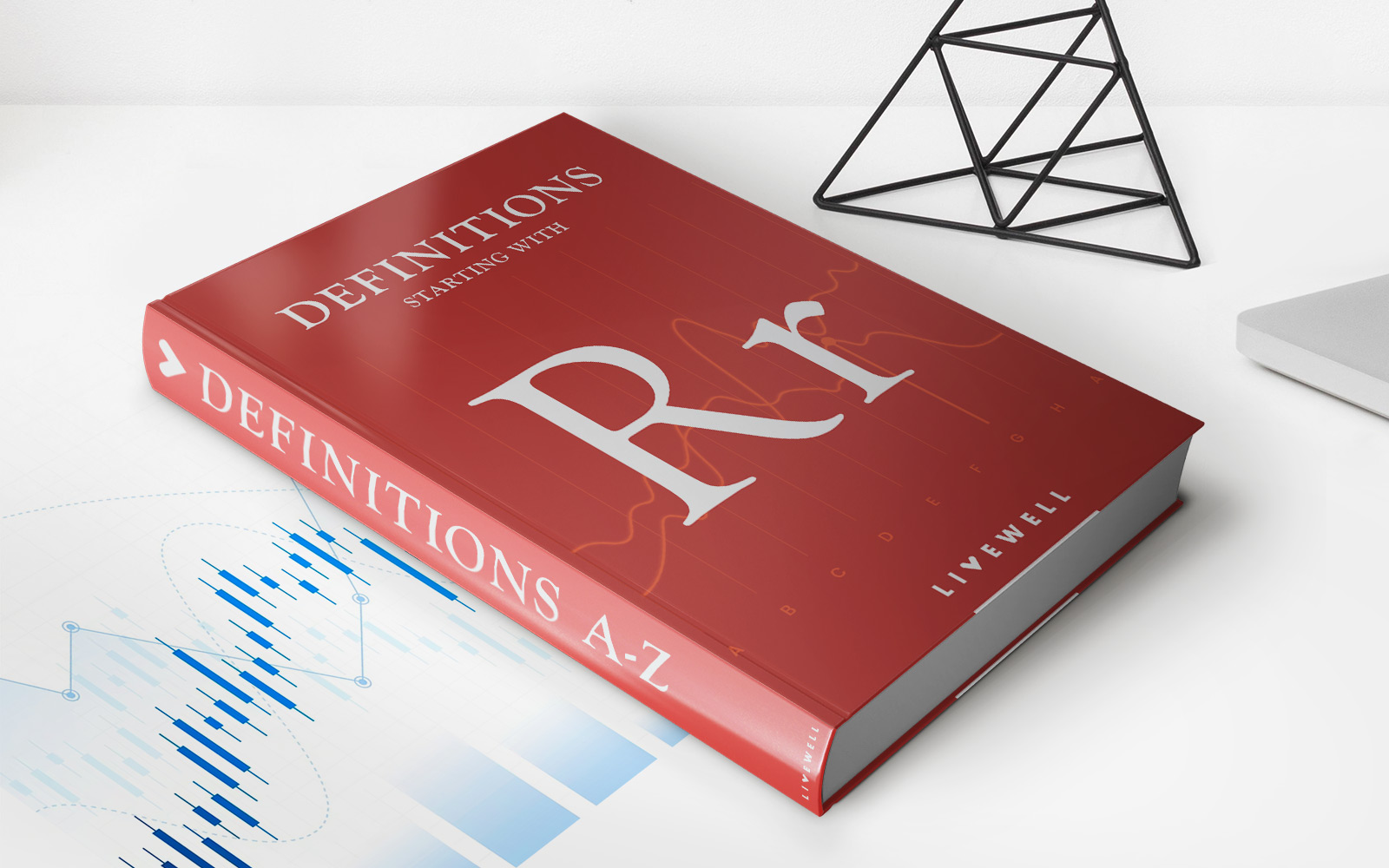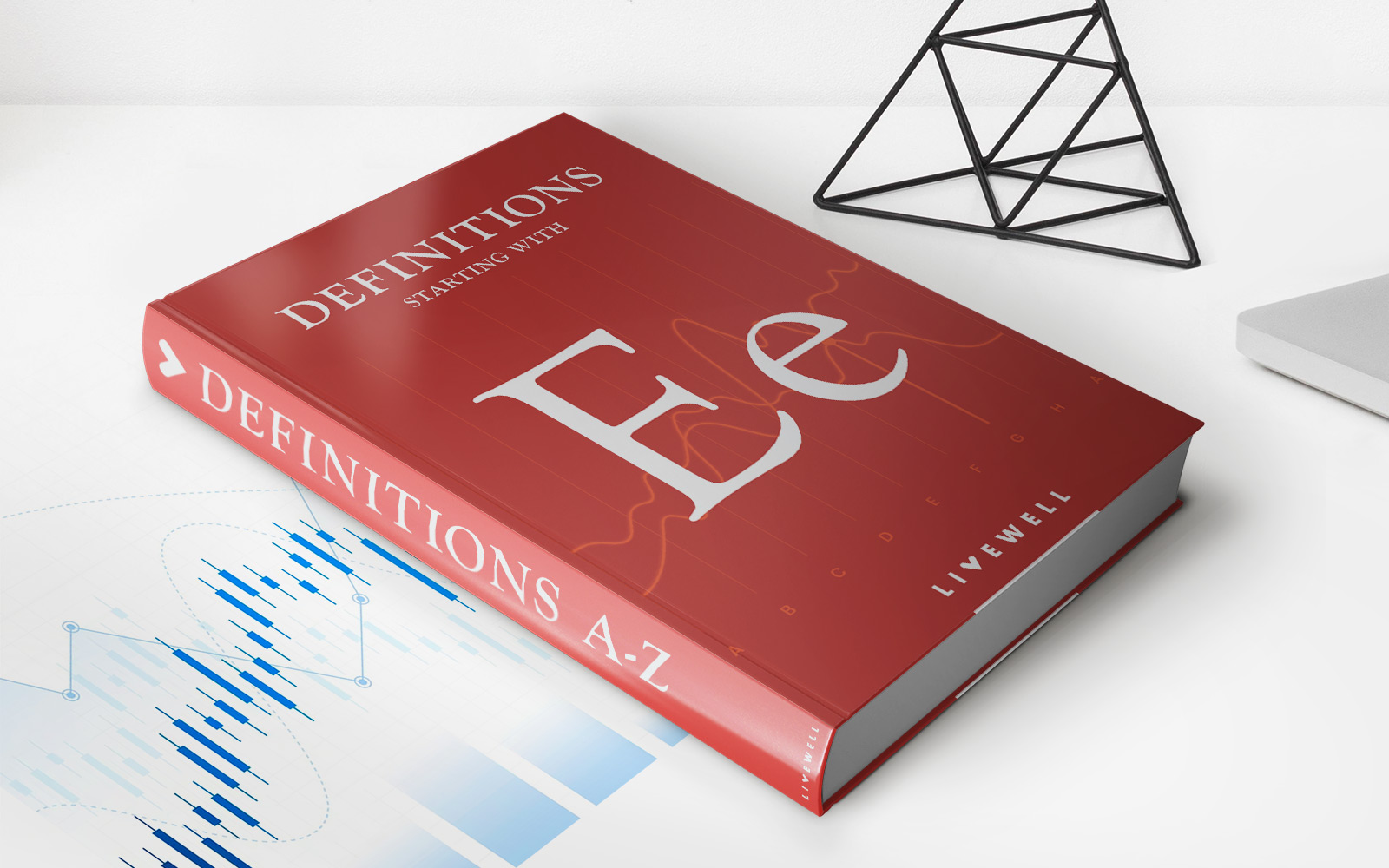

Finance
Embedded Options: Definition And Use Cases
Published: November 17, 2023
Learn what embedded options are in finance and explore various use cases in this comprehensive guide. Understand how embedded options can affect investment strategies and risk management.
(Many of the links in this article redirect to a specific reviewed product. Your purchase of these products through affiliate links helps to generate commission for LiveWell, at no extra cost. Learn more)
Embedded Options: Definition and Use Cases
Finance can sometimes feel like a complex and ever-changing landscape. From stocks and bonds to derivatives and options, it can be overwhelming for even the most seasoned investor. In this blog post, we will dive into the world of embedded options, a concept that plays a crucial role in the financial industry. So, what exactly are embedded options, and how can they be used to your advantage?
Key Takeaways:
- Embedded options are features included in certain financial instruments that provide the holder with the right to take specific actions at predefined times.
- These options can give investors flexibility and protection against unfavorable market conditions.
First, let’s start with a definition. Embedded options, also known as imbedded options, are features included in certain financial instruments that provide the holder with the right to take specific actions at predefined times. These options are “embedded” within the investment itself, rather than being separate contracts, which sets them apart from standalone options traded on exchanges.
Embedded options can come in various forms, allowing investors to customize their investment strategies according to their needs and risk appetite. Here are a few common use cases of embedded options:
- Call or put options: Embedded call options give the holder the right to buy an asset at a predetermined price, while embedded put options give the holder the right to sell an asset at a predetermined price. These options can be used to hedge against potential losses or to take advantage of anticipated market movements.
- Convertible securities: Some bonds or preferred stocks come with embedded options that allow the holder to convert their investment into a predetermined number of common shares. This can be advantageous if the market price of the underlying stock rises significantly, as it allows the investor to participate in the upside potential.
- Early redemption: Certain bonds may allow the issuer to redeem the debt before the maturity date, providing an embedded option for early repayment. This enables the issuer to take advantage of lower interest rates and can be a way to manage their debt obligations more efficiently.
- Step-up or step-down options: Some bonds may have embedded options that adjust the interest rates at specific points in time. Step-up options increase the interest rate, protecting the investor against lower market rates. Conversely, step-down options decrease the interest rate, offering the issuer potential cost savings if market rates fall.
Embedded options can provide investors with flexibility and protection against unfavorable market conditions. By understanding and utilizing these options effectively, investors can tailor their strategies to meet their specific goals while managing risk.
Conclusion:
Embedded options are an essential part of the financial ecosystem, offering investors a range of possibilities and protections. Whether it’s hedging against market volatility, participating in potential upside, or optimizing debt management, embedded options provide the flexibility needed in today’s ever-changing market. By understanding how these options work and their various use cases, investors can make informed decisions that align with their financial objectives.

